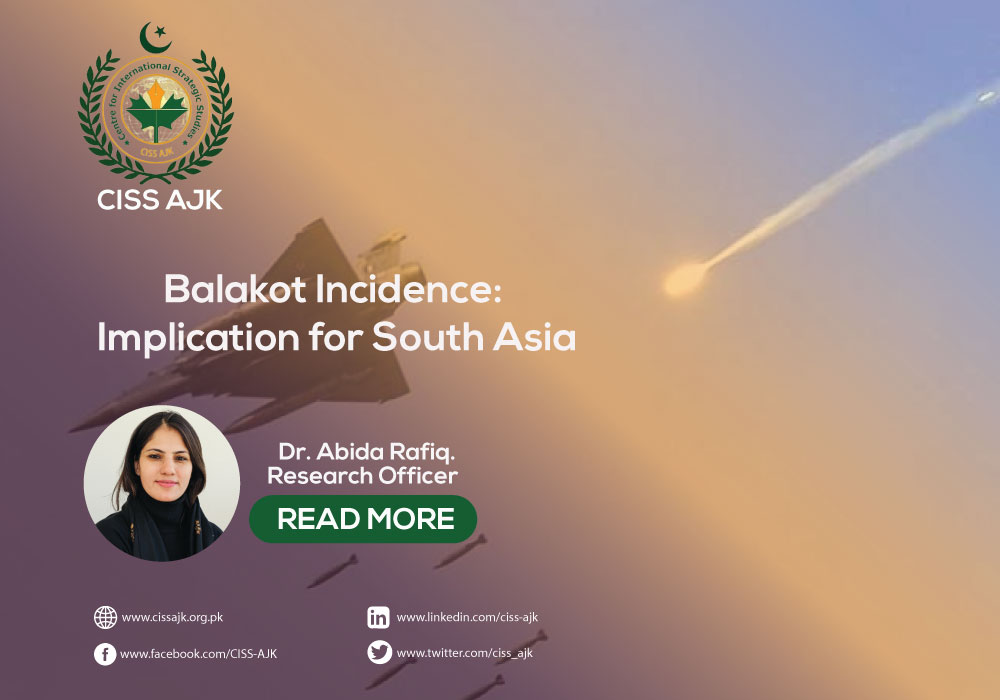792
The February 2019 standoff between India and Pakistan was a significant event that highlighted the tensions and challenges that exist in the South Asian region. As, India and Pakistan engaged in a military standoff after a terrorist attack on Indian security forces in the Kashmir region. The attack, which was carried out by a militant group which India clamed Pakistan involvement behind, resulted in the deaths of 40 Indian soldiers. In response, India launched airstrikes on what it said were terrorist training camps in Pakistan, leading to a retaliatory strike by Pakistan.
The implications of this standoff for South Asia were significant. As, it raised tensions between the two nuclear-armed nations and highlighted the risk of a larger conflict between them. Both countries have fought multiple wars over the disputed region of Kashmir, and any escalation in tensions could have serious consequences for regional stability.
Also, the standoff highlighted the ongoing problem of terrorism in the region. Pakistan has long been accused by India of providing support to militant groups operating in India, and the February 2019 attack was just the latest example of this.
This had raised concern for the broader regional security landscape. South Asia is home to a number of countries that are grappling with security challenges, including terrorism, separatism, and geopolitical rivalries. The standoff between India and Pakistan underscored the need for greater cooperation and dialogue among regional actors to address these challenges.
The lessons that can be learned from this incidence shed light on the importance of dialogue and communication. The escalation of tensions between India and Pakistan could have been avoided or minimized if there had been effective communication and dialogue between the two countries. Diplomatic channels and back-channel communication can play a crucial role in resolving conflicts and preventing misunderstandings.
Furthermore, Confidence-building measures (CBMs) such as trade, people-to-people contacts, and cultural exchanges can help build trust and reduce tensions between countries. Such measures should be pursued by South Asian countries to reduce tensions and increase cooperation in the region.
The standoff between India and Pakistan highlighted the risks of a nuclear escalation in the region. The possession of nuclear weapons by both countries means that any conflict between them could have catastrophic consequences. The international community needs to work together to prevent nuclear proliferation and promote disarmament.
This has raised the need for greater regional cooperation in South Asia. The region has a history of conflicts and tensions, but it also has enormous potential for economic cooperation and integration. Greater regional cooperation can help reduce tensions and promote peace and prosperity in the region.
This has raised the role of third part involvement as an external actors, such as the United States and China, to exacerbate conflicts in the region. South Asian countries need to be mindful of the interests of external actors and work towards resolving conflicts on their own terms.
Generally, the February 2019 standoff between India and Pakistan served as a reminder of the challenges and opportunities that exist in South Asia. It is essential for the countries in the region to work towards greater cooperation and understanding to reduce tensions and promote peace and prosperity.



